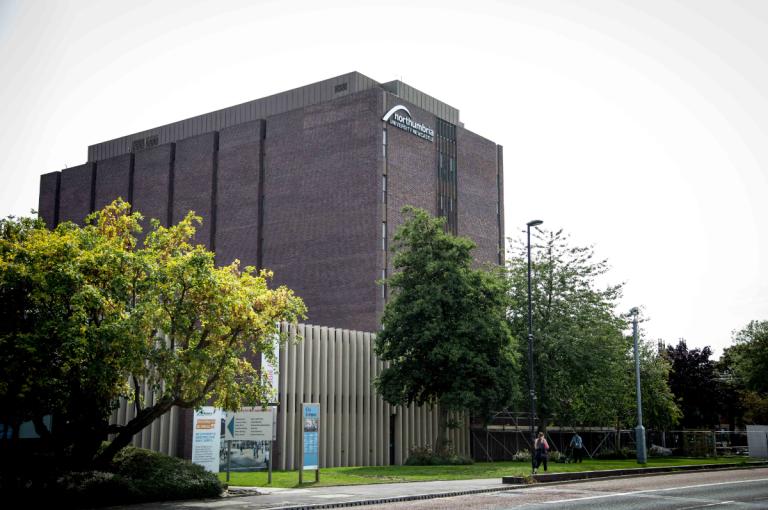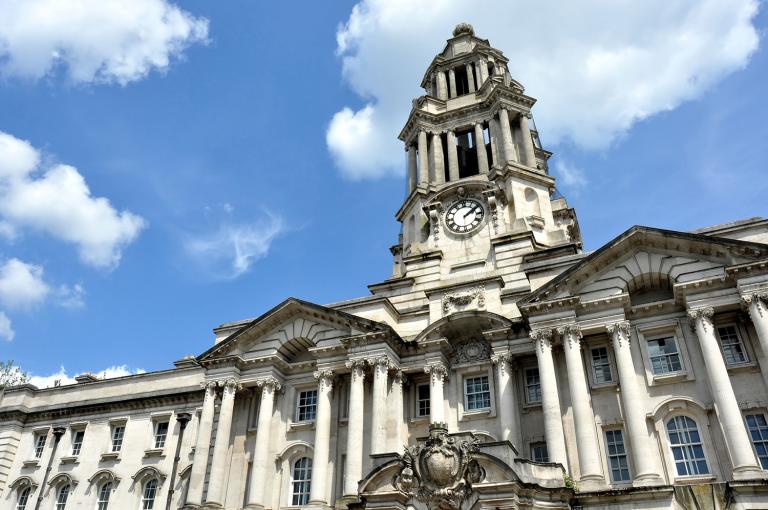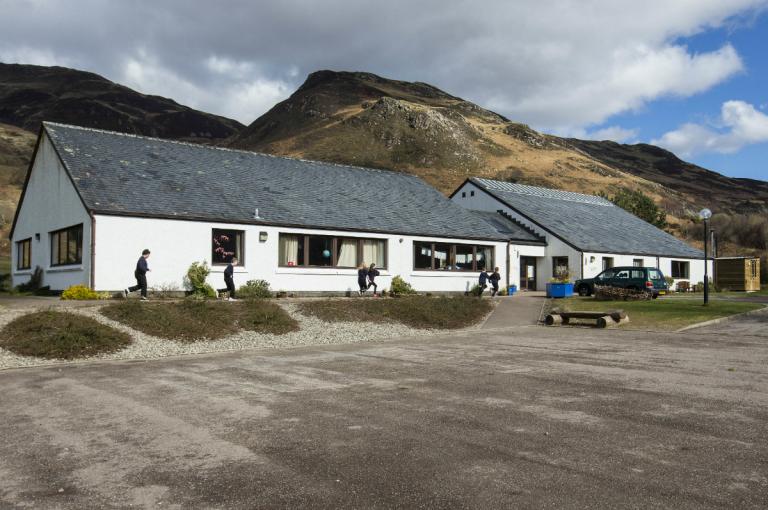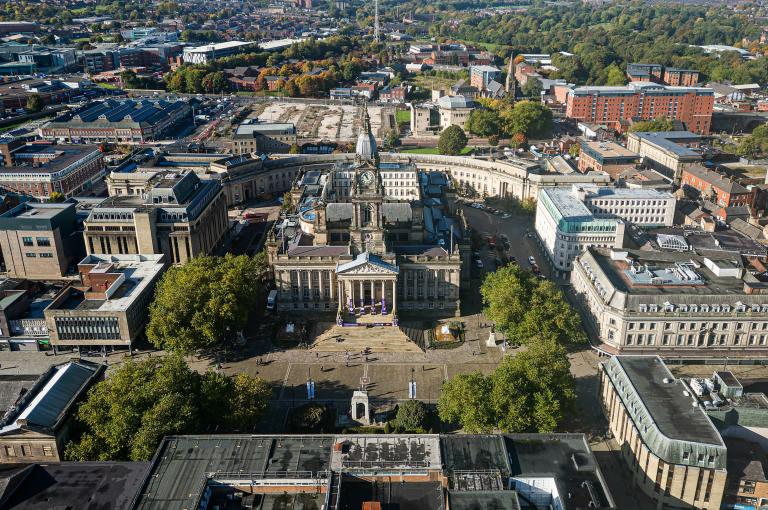
Northumbria University energy management
Get in touch

Summary
Retrofit heating and lighting – reducing carbon emissions and £75,000 per year energy savings
Northumbria University had three buildings in their city campus that weren't performing well, with energy consumption and carbon emissions higher than they could be – old lighting, lack of light output, lack of controls and inadequate and poorly performing ventilation and cooling. Together these made for a poor student experience in the library, Squires Annexe and Squires Workshops.
Over a six month period we carried out detailed surveys of the way energy was being used in the buildings, which allowed us to calculate where and how energy savings could be achieved through new lighting, ventilation and cooling equipment, and control strategies. The majority of the retrofit was carried out during the university's summer break, including:
- Installation of over 3,000 LED luminaires with new controls offering daylight and occupancy control.
- Consolidation of 8 existing into a single new air handling unit (AHU) providing mechanical ventilation with heat recovery and comfort cooling.
- Removal of central chillers, replacing with air source heat pumps.
- Crane operations to remove old roof-mounted plant.
- Working in tight sites with multiple projects being carried by other contractors.
LED lighting saves money and improves student experience
- The low-energy LED fittings are motion-sensitive so only activate when someone enters an area; many fittings near natural daylight dim slightly depending on the amount of natural daylight available, generating further savings.
- The LEDs provide crisper, more consistent light for teaching areas, and a more consistent colour temperature.
- New mechanical ventilation with heat recovery provides a constant temperature throughout all floors in the library tower, eliminating pockets of hot and cold or stagnant air which was previously a problem.
Energy performance guarantees money and carbon savings
Robertson signed a performance contract for the project, guaranteeing minimum carbon emissions and monetary savings of £75,000 per year.



